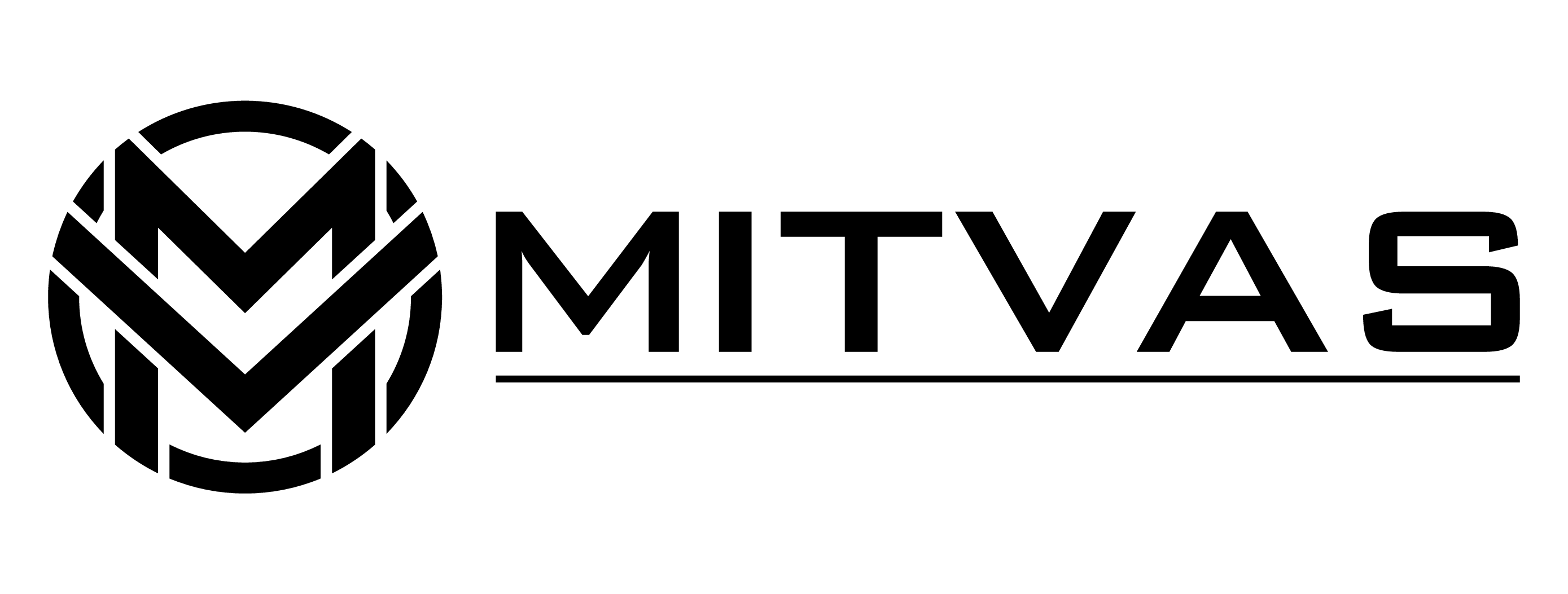
In the last few years, the landscape of education has actually undergone an extensive transformation. At the heart of this change is the development of education and learning systems, which have actually revolutionized the method we gain access to and provide learning. These platforms are more than simply digital tools; they stand for a standard change in education, driven by technological innovations and the growing demand for versatile, tailored understanding experiences.
Education platforms include a broad range of solutions and performances, from on the internet courses and digital classrooms to interactive simulations and collaborative tools. They deal with learners of any ages, backgrounds, and rate of interests, supplying access to a wealth of expertise and sources formerly inconceivable.
Understanding Education And Learning Platforms
Education platforms are digital environments that promote the distribution and management of educational web content. These platforms can be found in different types, each designed to resolve particular academic demands.
They can be generally categorized into Understanding Monitoring Equipment (LMS), Large Open Online Courses (MOOCs), and specialized systems for niche topics.
An LMS is commonly made use of by institutions to manage course materials, analyses, and pupil progression. It serves as a central center where educators can post resources and keep an eye on student efficiency. Examples consist of Blackboard and Moodle, which are widely embraced in colleges and colleges worldwide.
MOOCs, on the other hand, offer courses to a vast target market, often free of charge or at an affordable. These systems, such as Coursera and edX, companion with prestigious colleges to provide top quality content to thousands of learners all at once.
- Discovering Monitoring Systems (LMS)
- Huge Open Online Courses (MOOCs)
- Specialized Educational Platforms
Although these systems have distinct attributes, they share an usual objective: to make education more obtainable, interactive, and learner-centered. They leverage technology to break down geographical barriers and encourage people to seek lifelong learning at their own rate.
The Advantages of Education And Learning Operatings Systems
The appeal of education and learning systems can be attributed to a myriad of advantages they supply both learners and instructors. One of one of the most substantial benefits is versatility. Unlike traditional classroom settings, on-line systems enable learners to accessibility material anytime, anywhere. This versatility is particularly beneficial for working specialists, moms and dads, and people with varying routines.
One more remarkable advantage is the capacity to customize discovering experiences. Education platforms harness information and analytics to tailor web content to individual needs and discovering styles. This individualized approach boosts pupil involvement and boosts finding out outcomes by dealing with specific areas of strength and weakness.
Moreover, education and learning platforms usually integrate interactive aspects such as quizzes, conversations, and multimedia web content, making learning more interesting and dynamic. This interactivity promotes a deeper understanding of the material and motivates energetic participation from students.
Obstacles and Considerations
While education systems use many benefits, they are not without difficulties. Among the key worries is making sure equivalent access to modern technology and the internet. The electronic divide continues to be a significant obstacle for lots of learners, particularly in remote or financially deprived locations.
- Guaranteeing Access to Innovation
- Preserving High Quality Requirements
- Addressing Personal Privacy and Safety And Security Problems
Maintaining the quality of education and learning is another obstacle faced by these platforms. With the quick proliferation of on the internet courses, making certain that web content is accurate, trustworthy, and up-to-date is vital. Furthermore, teachers must be sufficiently trained to use these systems properly and deliver appealing web content.
Privacy and safety and security problems are additionally critical, as individual information is accumulated and saved on these platforms. Guarding this details and preserving customer count on are vital for the continued success of education and learning platforms.
The Future of Education Platforms
The future of education and learning In what Vedic Age, what type of goods were traded most often systems is promising, with continuous improvements in modern technology readied to additionally improve their capacities. Technologies such as artificial intelligence, virtual reality, and blockchain are positioned to transform the means education and learning is delivered and experienced.
Artificial intelligence can provide a lot more individualized understanding experiences by evaluating information to anticipate and resolve individual learning demands. Digital reality uses immersive knowing experiences, enabling trainees to explore settings and circumstances that would otherwise be inaccessible.
Conclusion: Checking Out Digital Change in Education
As education and learning systems continue to progress, they hold the potential to democratize education and empower learners worldwide. By embracing digital transformation, instructors and institutions can boost the high quality and reach of their offerings, preparing trainees for the obstacles of the modern world.
To conclude, education and learning platforms stand for a substantial change in the educational paradigm, supplying unmatched chances for students to access knowledge and abilities. As these platforms expand and adapt, they will most certainly play an essential duty fit the future of education.

